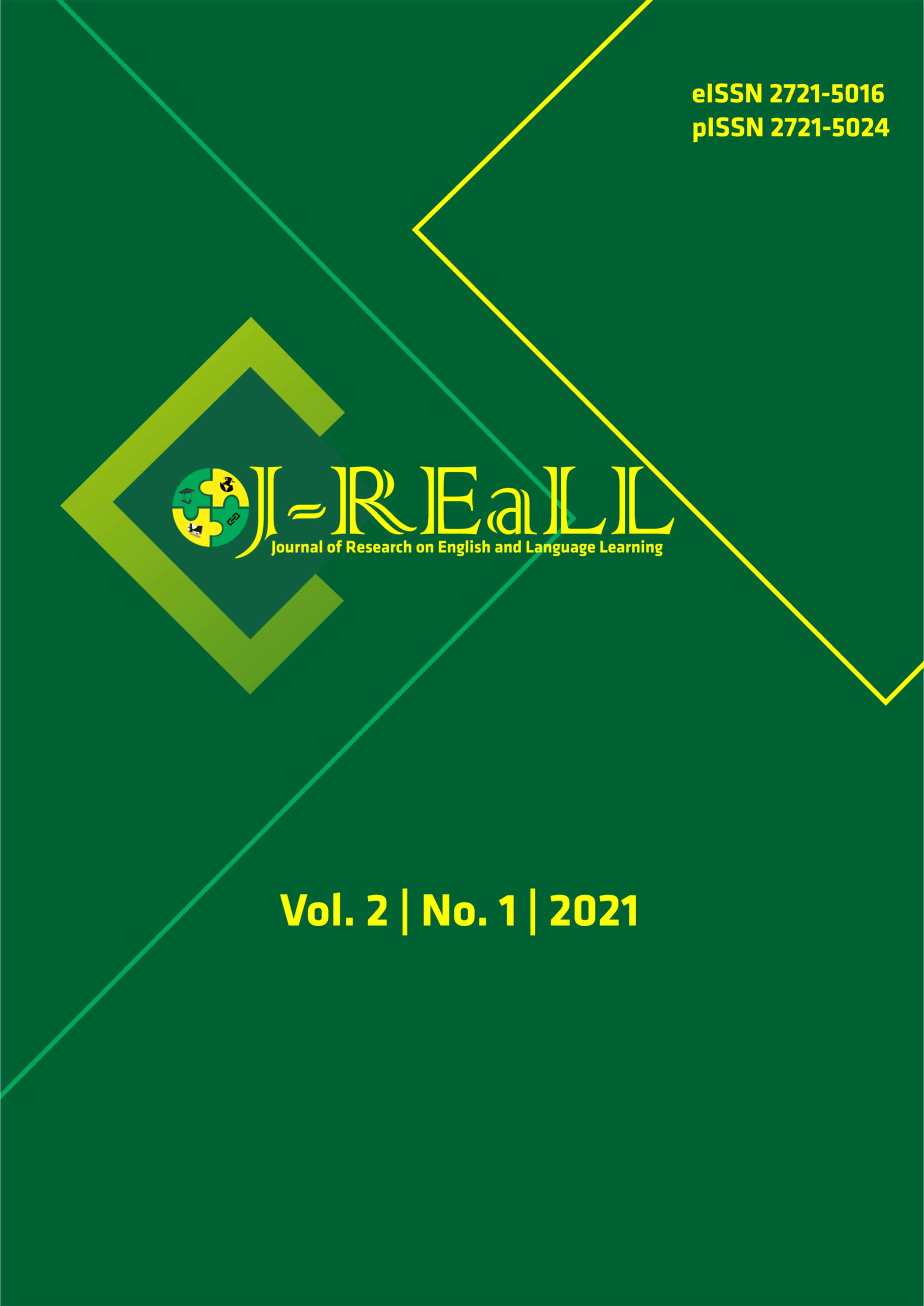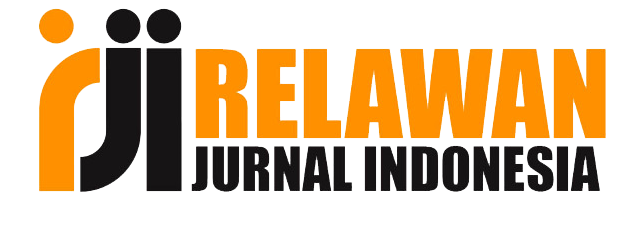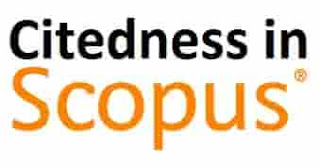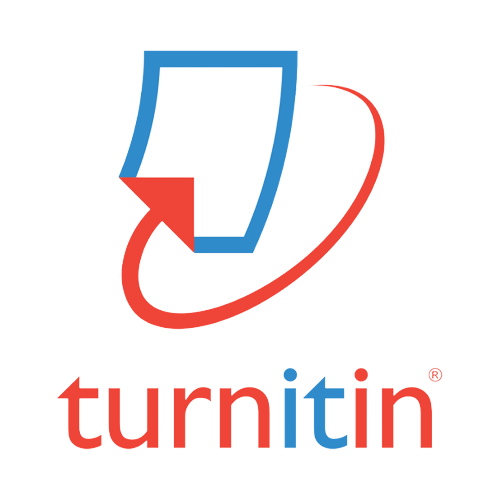Blended learning to enhance English writing assignments without using online tools
DOI:
https://doi.org/10.33474/j-reall.v2i1.9517Keywords:
blended learning, writing assignment, online toolsAbstract
From face-to-face to online teaching an English for Reading and Writing course is challenging to provide learning strategies and assessments that fit the pedagogical style of the online environment since there are many online tools (e.g. translation machine, grammar check software, and websites) for assistance in English writing. This study aims to investigate students' learning strategies in taking an online writing assignment, with an emphasis on using authentic assessments to encourage students to avoid using online tools and plagiarism in their writing. The findings show that during online learning, students made use of online tools, and they searched for the information on the internet as an assistance in writing an assignment. However, using Blended Learning and four different types of writing tasks significantly reduces the use of online tools, and it enhances students' active participation in the assessment process. The guided instructions of each task also help students to improve their writing skills, and most of the students preferred to work in small groups to complete the activities online which enhanced interaction and the sense of an online learning community.
References
Allen I. E., Seaman J. & Garnette R. (2007). Blended in the Extent and Promise of Blended Education in the United State. Sloan Consortium. Available at https://www.onlinelearningsurvey.com/reports/blending-in.pdf
Bryan A. & Volchenko K.N. (2016). Blended Learning: Definition, Models, Implication for Higher Education, Bulletin of the South Ural State University series. Education Sciences", 8(2), 24-30. DOI: 10.14529/ped160204 Available at https://www.researchgate.net/publication/303815166_Blended_Learning_Definition_Models_Implications_For_Higher_Education
Graham C. R. (2006). Blended Learning systems. The Handbook of Blended Learning, San Francisco: Pfeiffer Publisher
Klimova B. (2017). Evaluation of the Blended Learning Approach in the Course of Business English-A Case Study. In: Huang TC., Lau R., Huang YM., Spaniol M., Yuen CH. (eds) Emerging Technologies for Education. SETE 2017. Lecture Notes in Computer Science, vol 10676, 326-335. Springer, Cham. https://doi.org/10.1007/978-3-319-71084-6_37
Lee S. (2020). The impact of using machine translation on EFL students' writing, Computer Assisted Language Learning, 33(3), 157-175, DOI: 10.1080/09588221.2018.1553186
Oweis T. I. (2018). Effects of Using a Blended Learning Method on Students' Achievement and Motivation to Learn English in Jordan: A Pilot Case Study, Education Research International, 1-8. https://doi.org/10.1155/2018/7425924
Wickham A. (2014). Blended Learning: where are we? Modern English Teacher, 23(3), 44-46. Available at https://www.modernenglishteacher.com/media/7083/met_july_23- 3_45-47.pdf
Downloads
Published
How to Cite
Issue
Section
License
Copyright (c) 2021 Parichart Charernwiwatthanasri

This work is licensed under a Creative Commons Attribution 4.0 International License.
Authors who publish this journal agree to the following terms:
- Authors retain copyright and grant the journal right of first publication with the work simultaneously licensed under a Creative Commons Attribution License that allows others to share the work with an acknowledgement of the work's authorship and initial publication in this journal.
- Authors can separately make additional contractual arrangements for non-exclusive distribution published by the journal (e.g., publish it in a book), with an acknowledgement of its initial publication in this journal.
- Authors are allowed and encouraged to send their work via online (e.g., in the institutional repositories or their website) after published by the journal.






















